|
Out in Deep Bay, the end of March is a productive time for birds. The tides are good and there is a mix of remaining winter visitors (albeit in much reduced numbers for most species) and arriving passage shorebirds. I went out to the northern hide early on March 29th. The mud was still exposed hundreds of metres out in the bay and most of the birds were distant specks. However, the green mat of algae in front of the hide seems to attract a few waders even when the tide is low, and Black-faced Spoonbills were feeding on crabs and mudskippers in the nearby creek. I had gone out to photograph the birds and it was a productive session. The tide came in slowly and drove birds towards the hide before eventually covering all of the mud in the bay. The following are a few of the images I managed to take on that morning. And a few waders: To study their migration, waders at various location on the East Asian-Australasian Flyway are caught and fitted with leg-flags. White over yellow, as on this Grey Plover, indicate that the bird was flagged in Hong Kong. The alphanumerical U5 means that this bird can be identified individually when seen again in Hong Kong and elsewhere.
Most birds with flags seen on the Deep Bay mud flats show this colour combination, as would be expected. However, there have already been reports this spring of a Curlew Sandpiper and a Greater Sand Plover with single orange leg flags, indicating their wintering range is probably in Victoria, Australia (where they were originally caught and flagged) . There have also been reports of Red-necked Stints with blue over yellow leg flags which were shows they were flagged on migration in Bohai Bay, China.
0 Comments
I occasionally get requests for general natural history tours and recently a Canadian photographer asked if we could look for “butterflies/reptiles/amphibians” on March 21st. The weather during the preceding days left me doubtful, especially after a day of rain on 19th. However, there was a dramatic change on 20th when the sun came out and temperatures in the New Territories reached 29⁰ Celsius. The next day was similar, with the sun emerging after a misty start. We focussed on two areas: the Outdoor Study Centre at Tai Po Kau in the morning and the butterfly reserve at Fung Yuen near Tai Po in the afternoon. Fortunately, the change in the weather had led to a burst of activity providing decent photographic opportunities. I took my camera along too and managed to take a few shots of the creatures we chanced upon. The Banded Tree Brown is a woodland species that occurs from northern India east to Fujian and south to Java, It is common in Hong Kong, especially from February to May. This individual sat sunning itself near the top of a bush for over half an hour, seemingly oblivious to the people passing close by. This species is widely distributed from Iran east to southern China and south to Sumatra. It is common throughout Hong Kong. This large, warty toad occurs from Sri Lanka to central and southern China, south to Indonesia. It is widespread and abundant in Hong Kong. This butterfly occurs from India east to Taiwan and south to the Philippines. It is fairly common in Hong Kong and is on the wing throughout the year. This species occurs from Madagascar east through southeast Asia, southern China, Australia and New Zealand to islands in the Pacific. It is common in Hong Kong. The White Dragontail is the smallest swallowtail in the world. It has a distinctive energetic flight quite unlike most other butterfly species. It can be found from India east to southern China and south to the Philippines. In Hong Kong, it occurs at a few locations in the northern New Territories, including Tai Po Kau and Fung Yuen. An attractive and abundant dragonfly in Hong Kong that is on the wing for most of the year. There were at least three of these lizards in the same area at Fung Yuen, noisily chasing each other around in courtship rituals. This species occurs in south China and Vietnam and is, according to the reference I have, common in many cultivated areas of the New Territories, Lantau and Cheung Chau. However, as far as I recall, this is the first time I have seen the species in the territory.
Oh, and there were birds as well but generally unphotographable. Most conspicuous were the Crested Serpent Eagles, made active by the sun. Two were flying and calling over the Outdoor Study Centre in Tai Po Kau, one was over Tai Po Kau Park and we also had one over Fung Yuen. The Oudoor Study Centre also held a Japanese Thrush and a Grey-backed Thrush, as well as a Speckled Piculet heard drumming for food. |
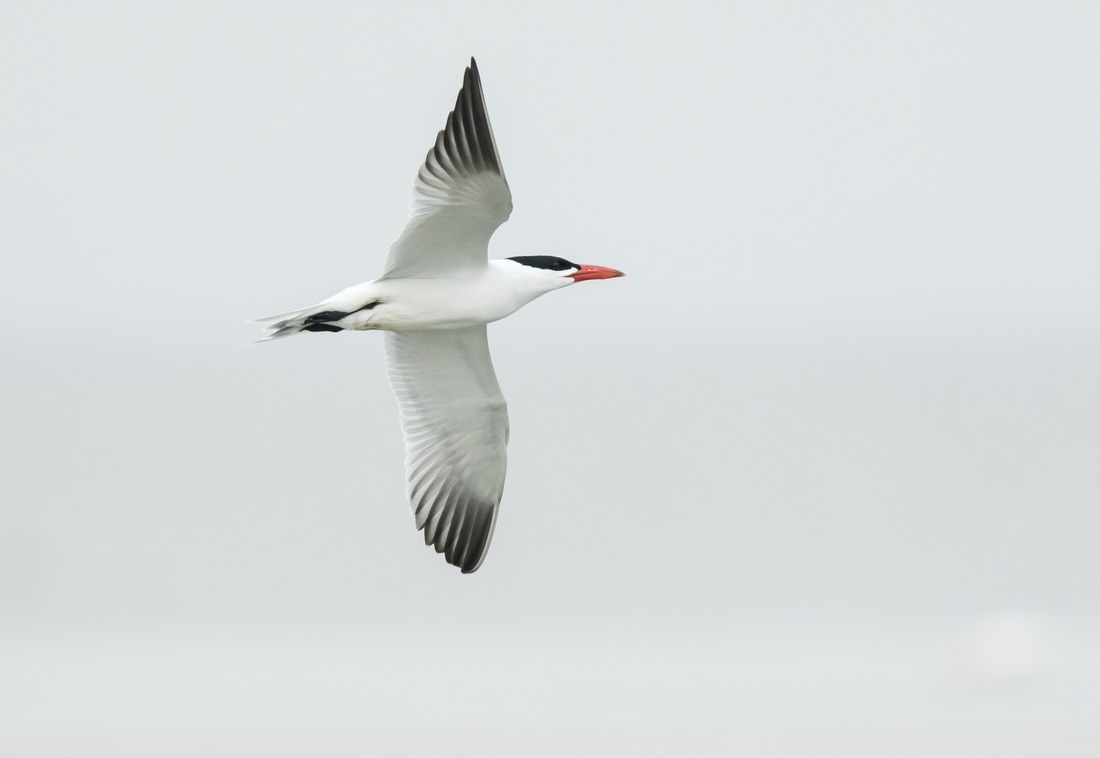
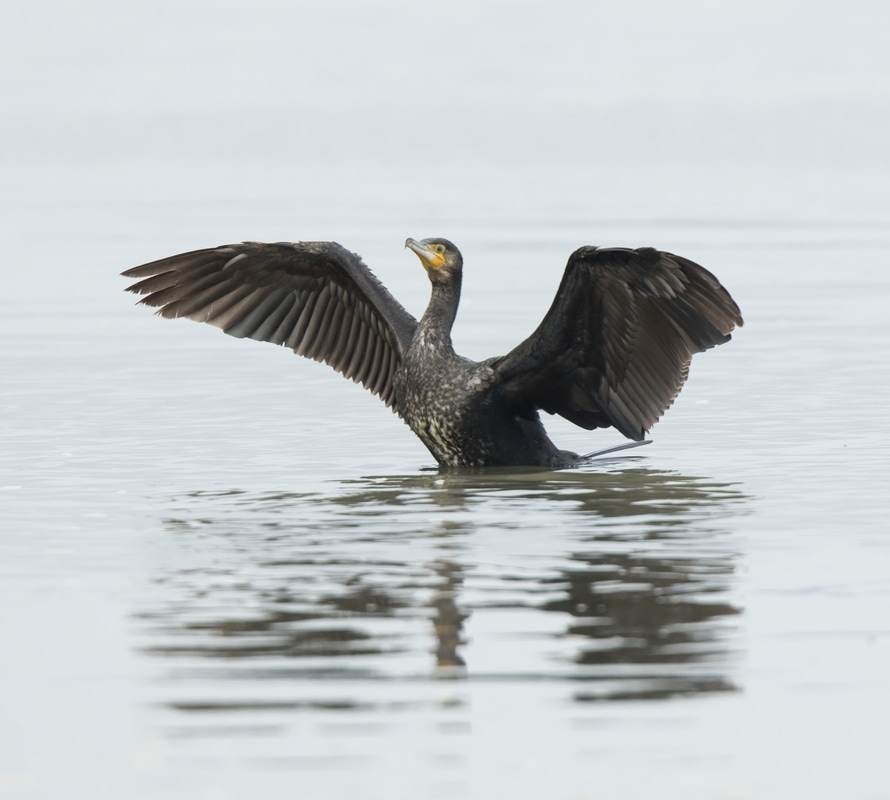
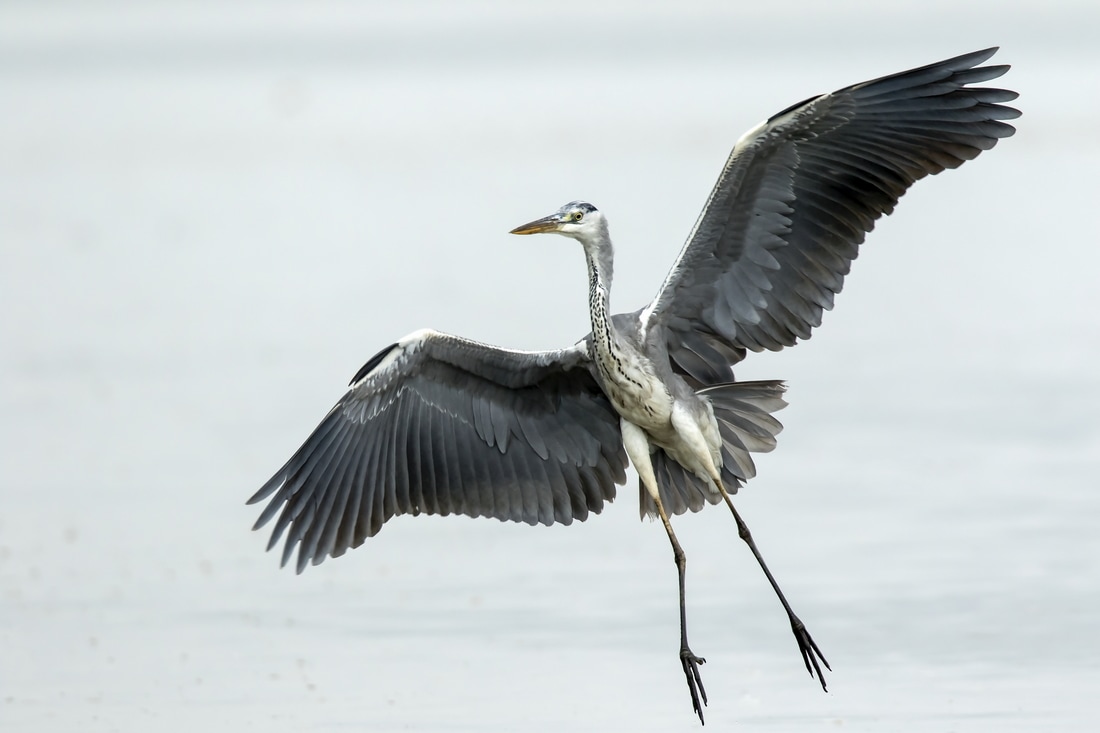
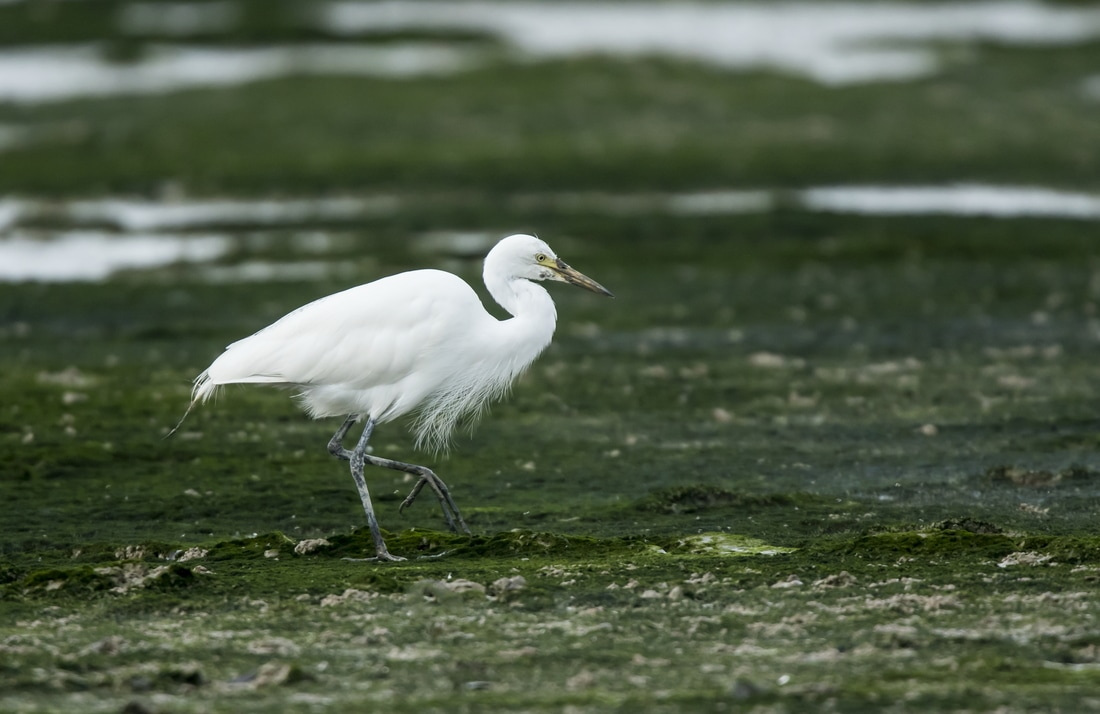
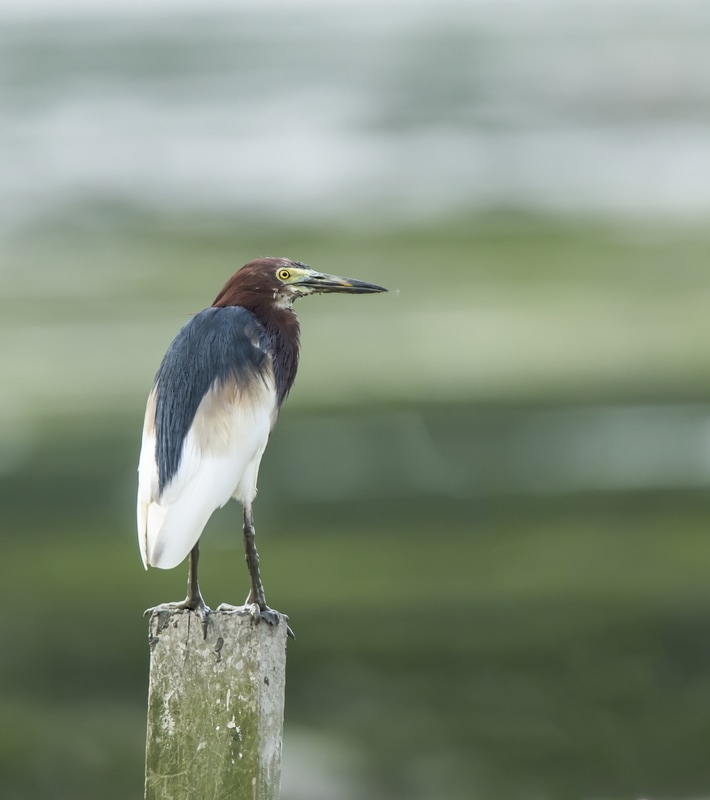
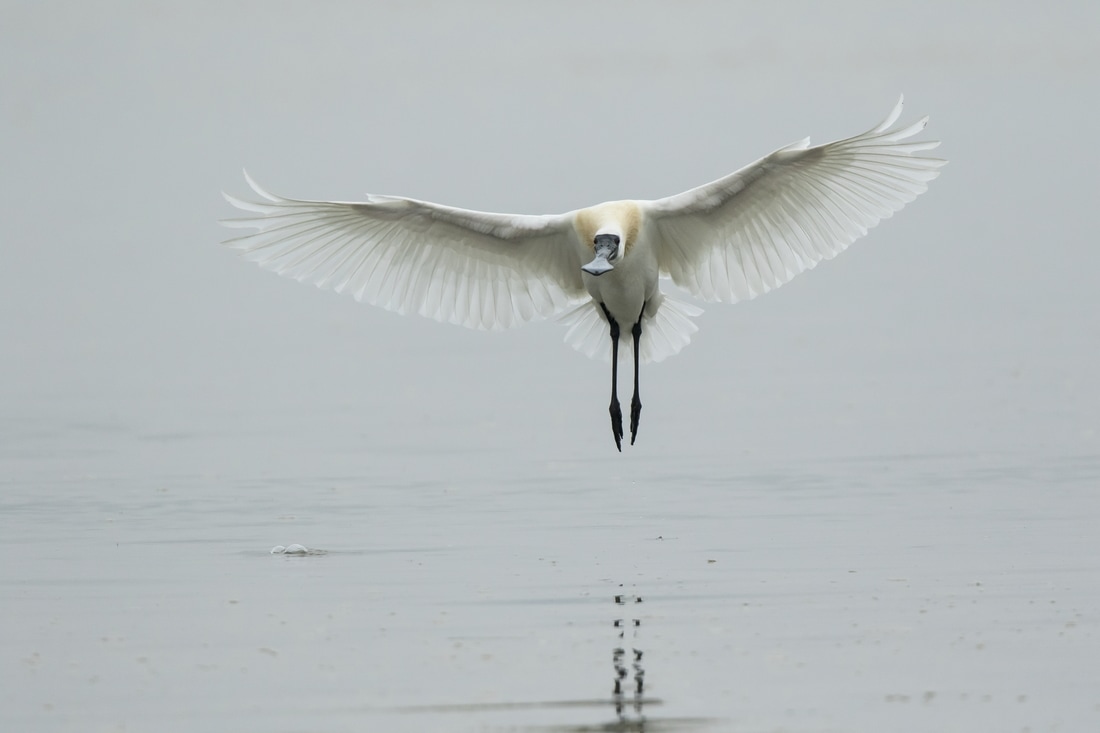
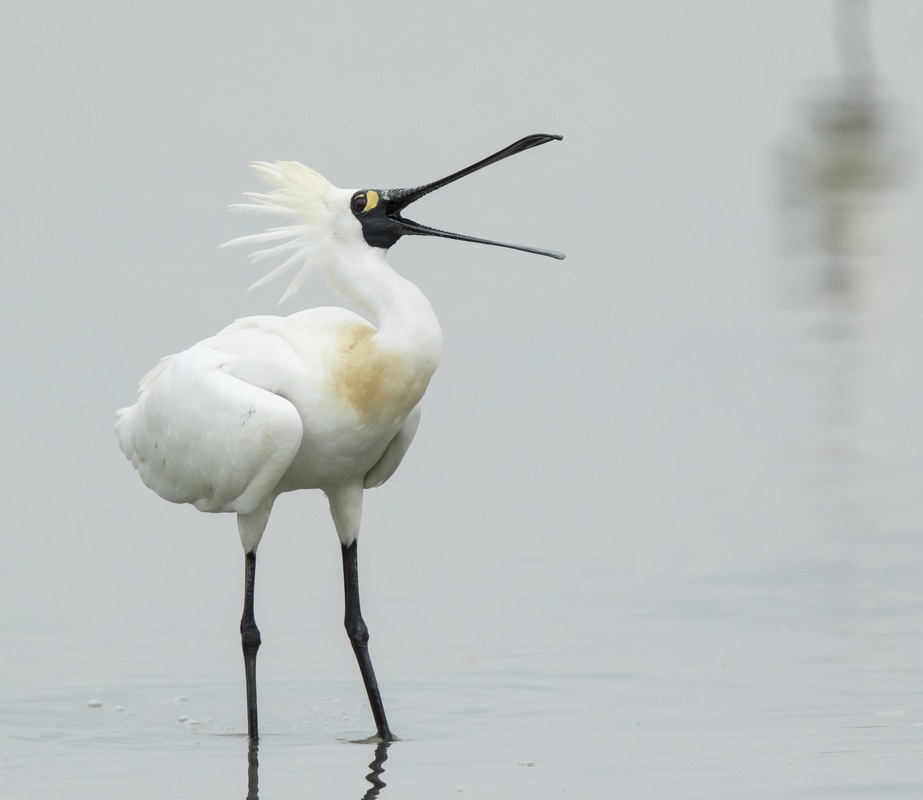
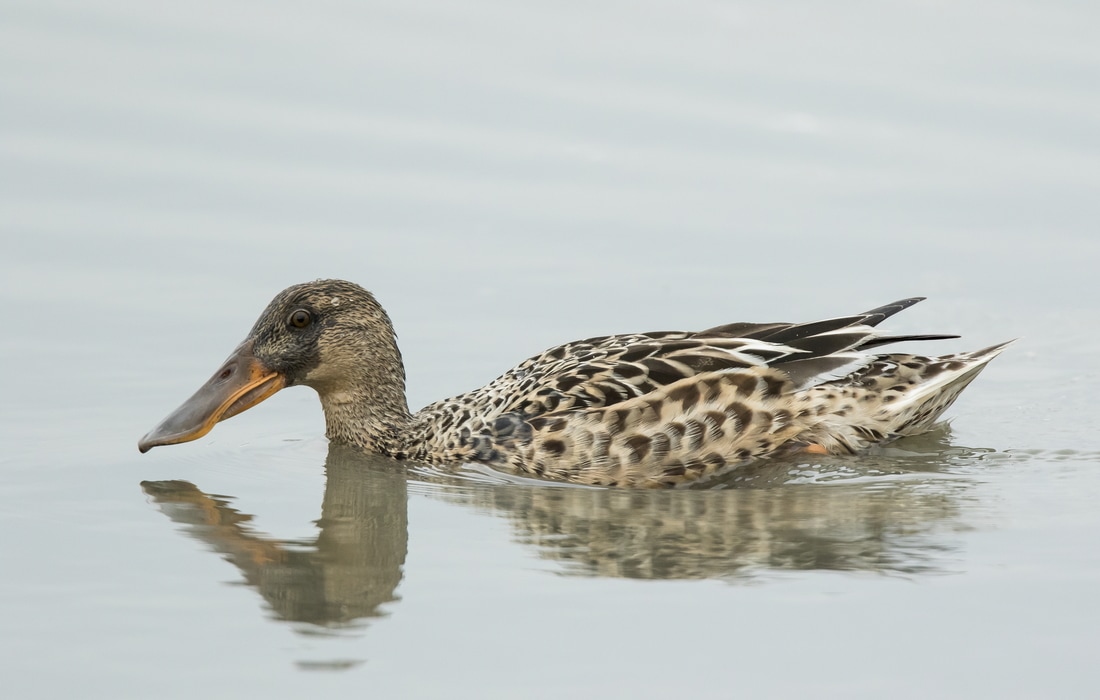
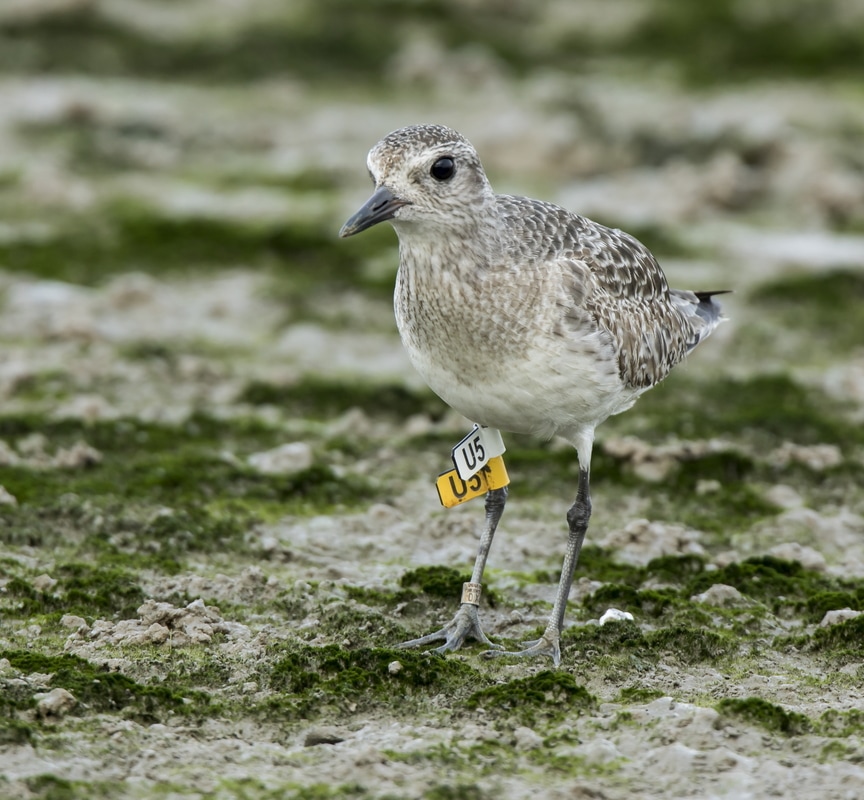
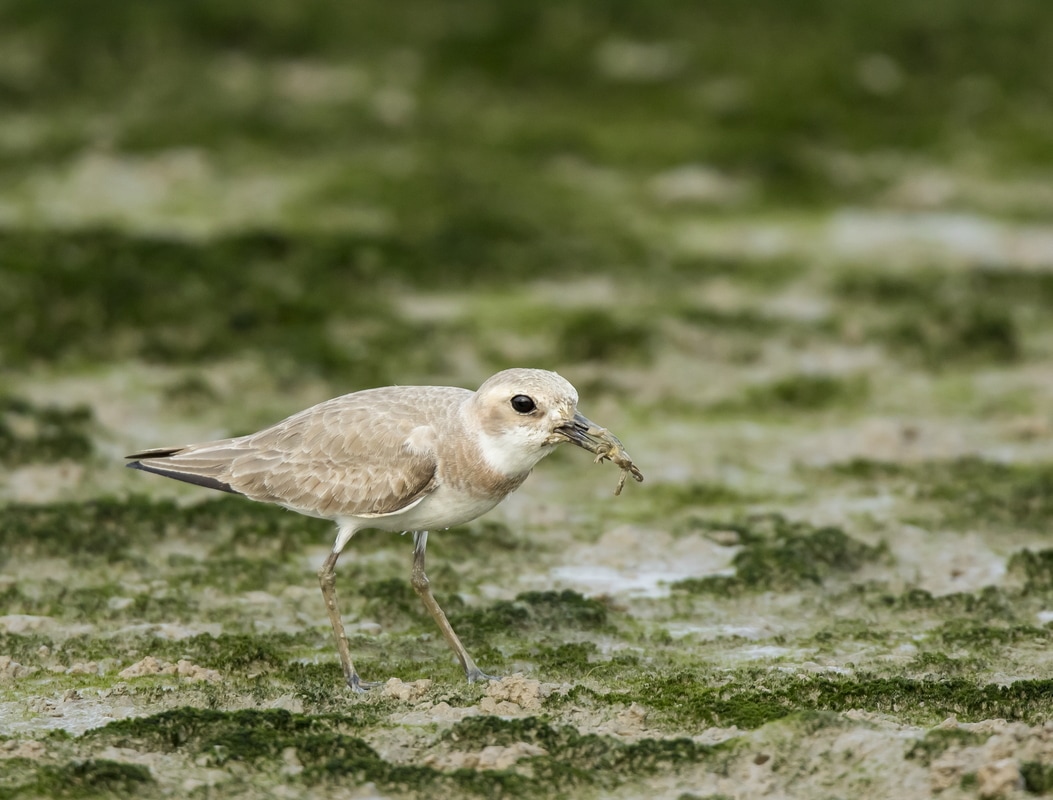
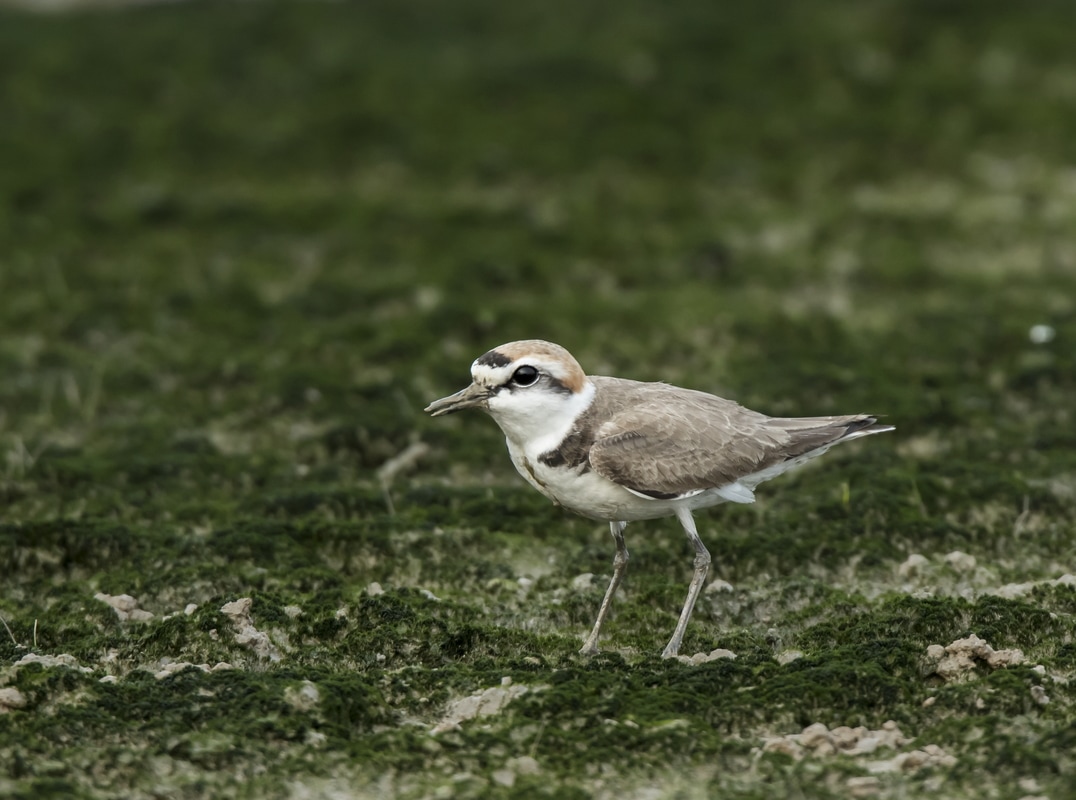
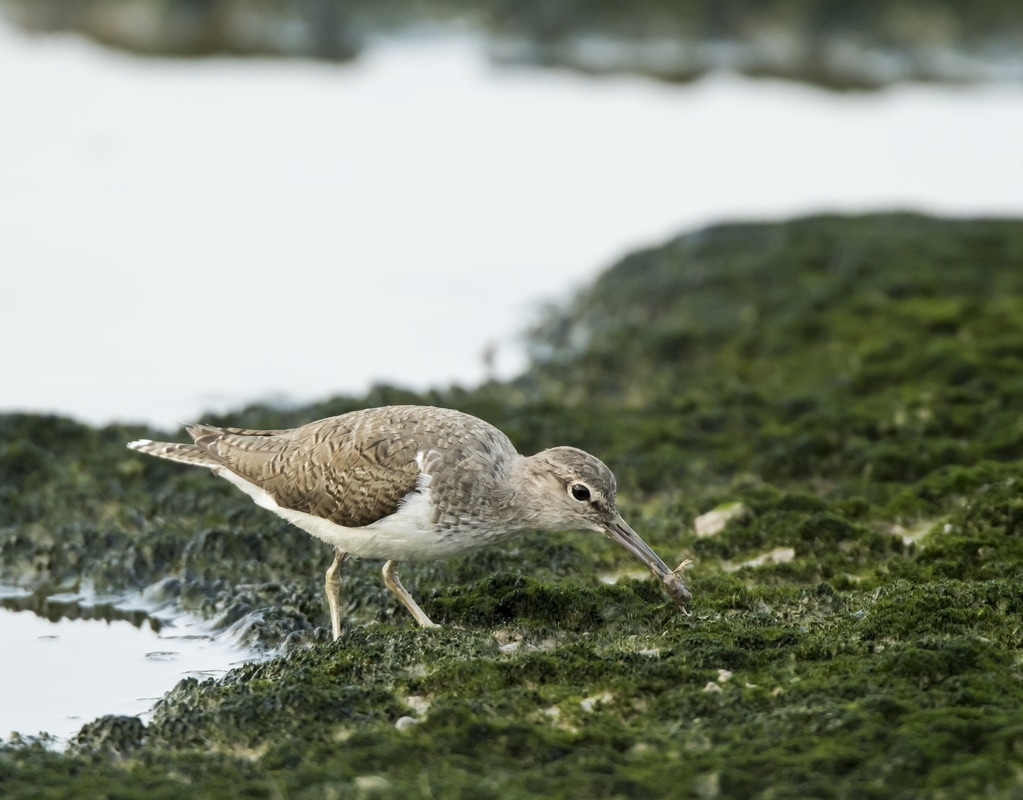
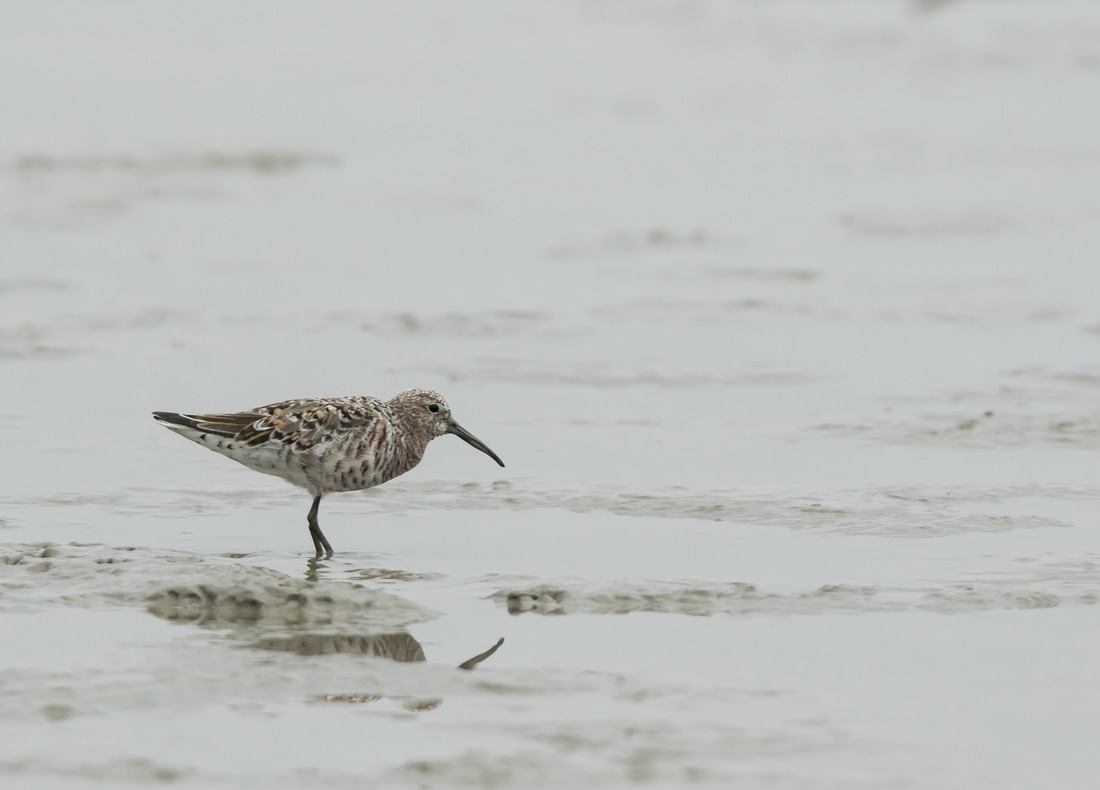
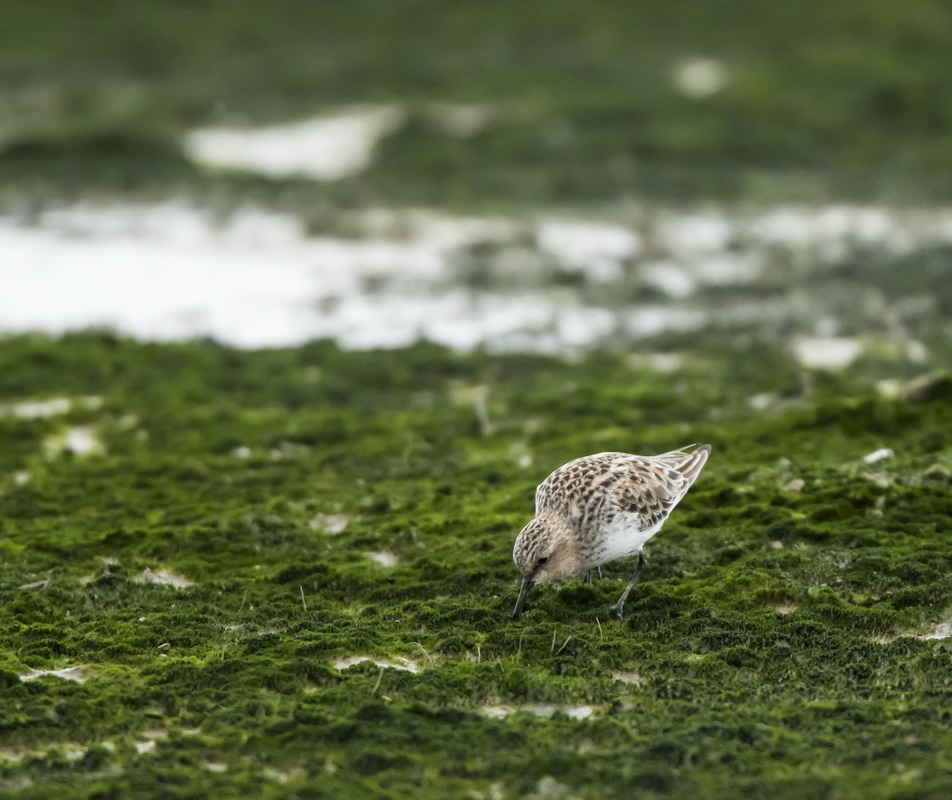
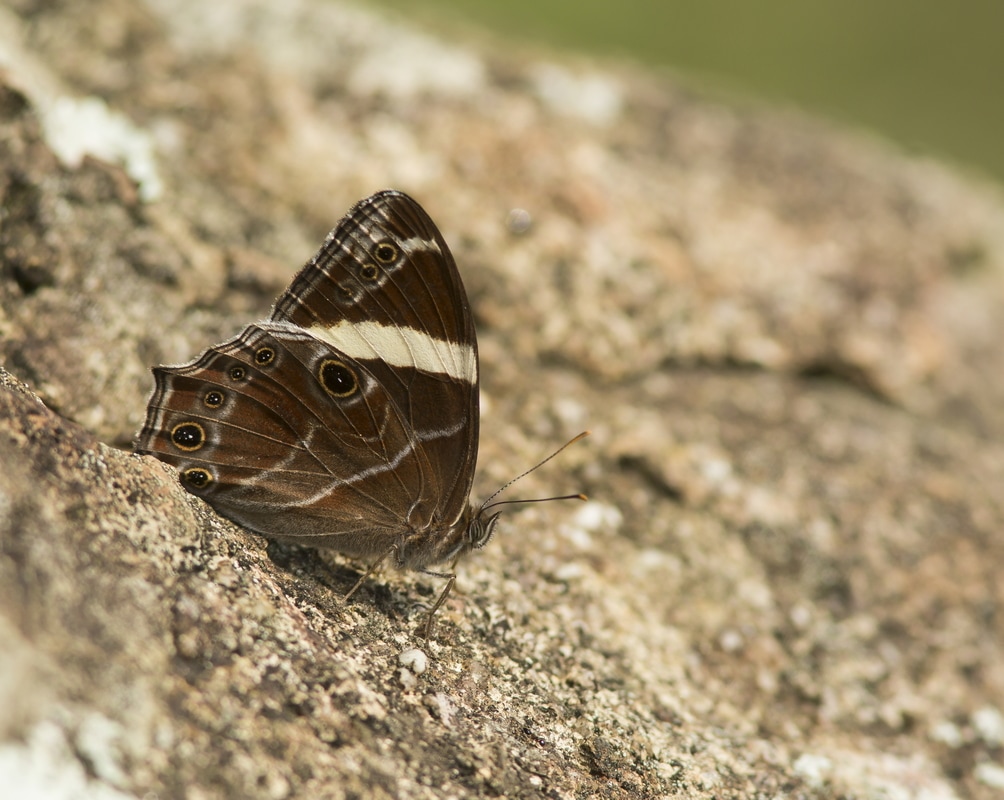
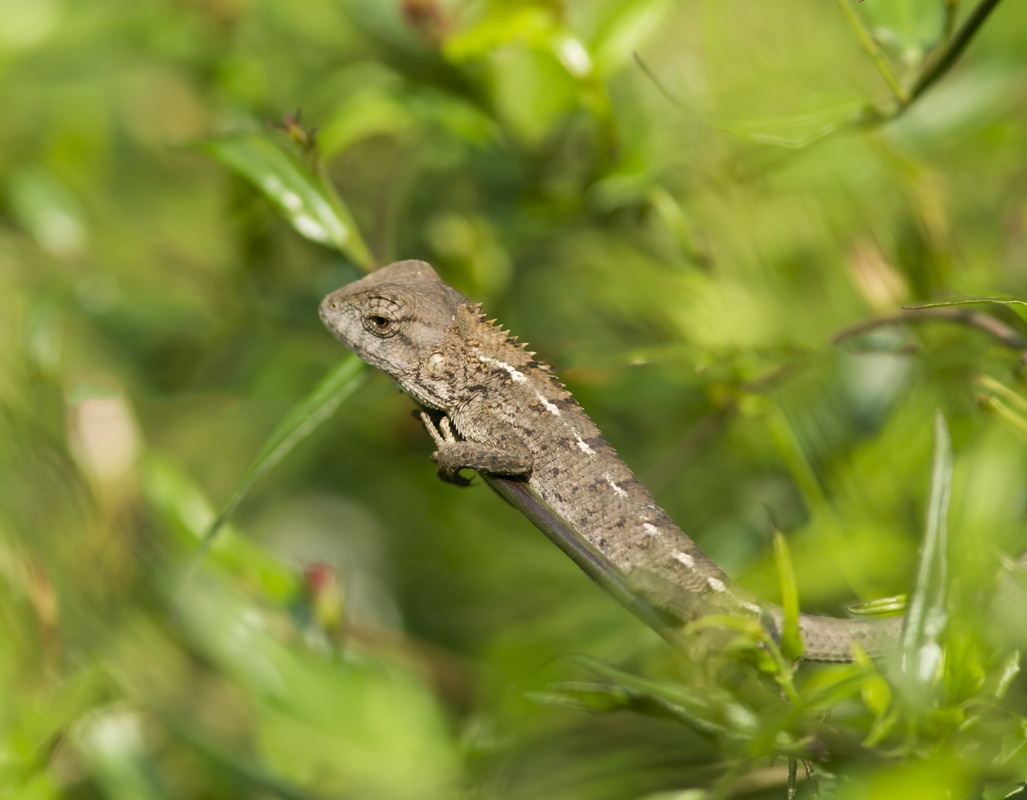
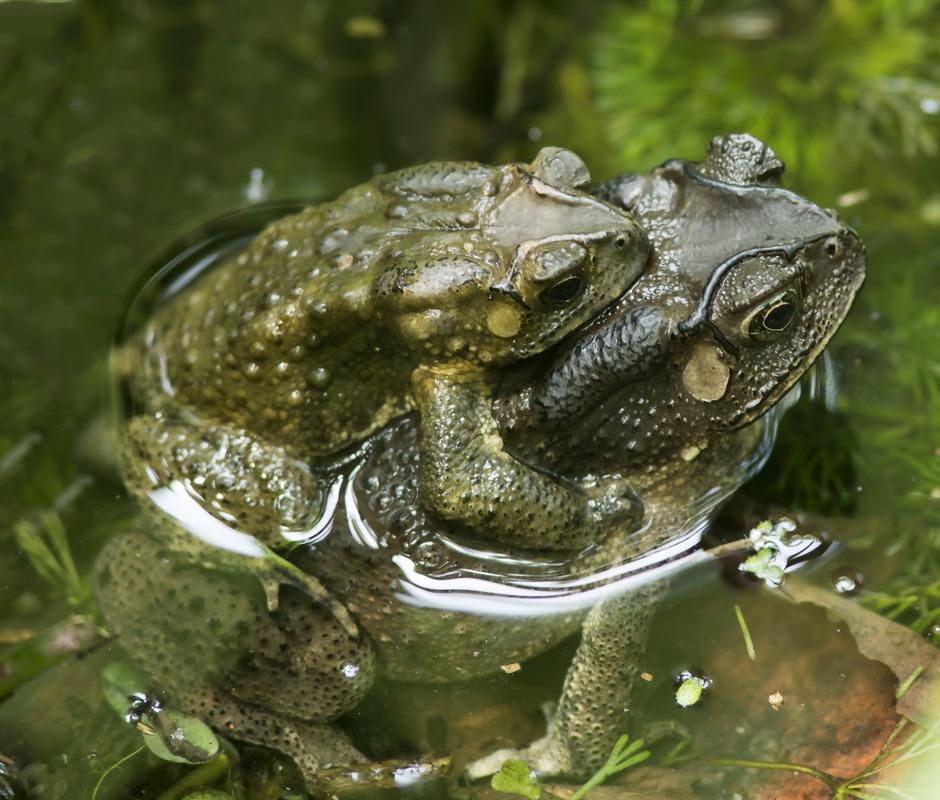
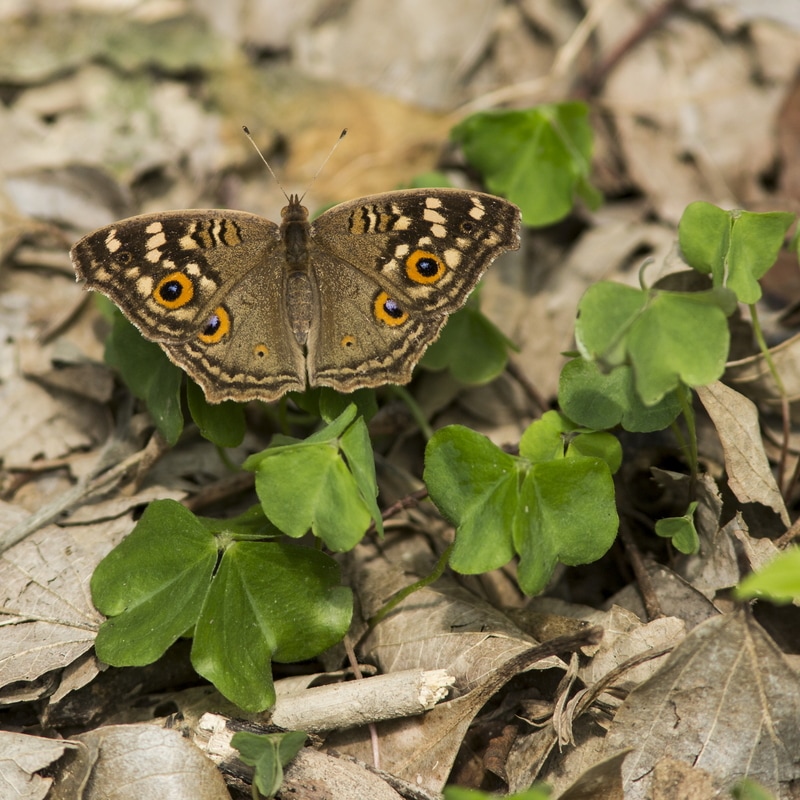
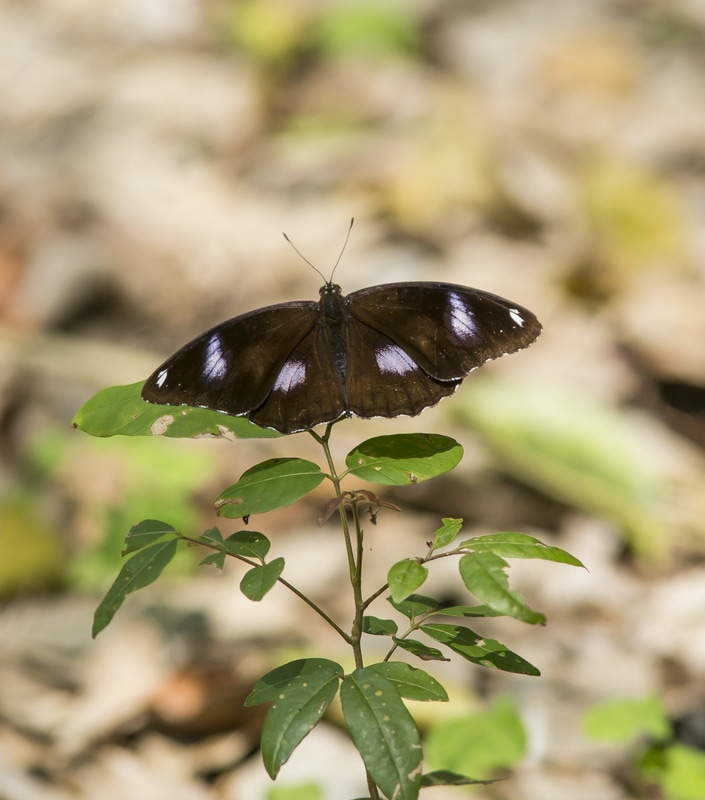
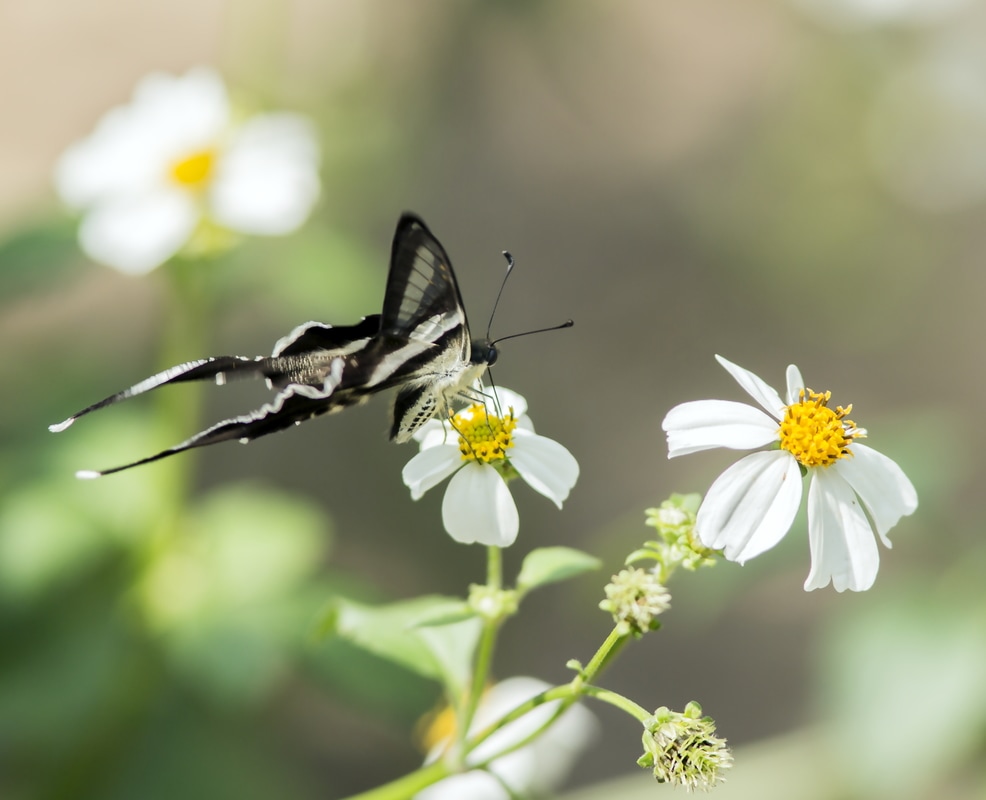
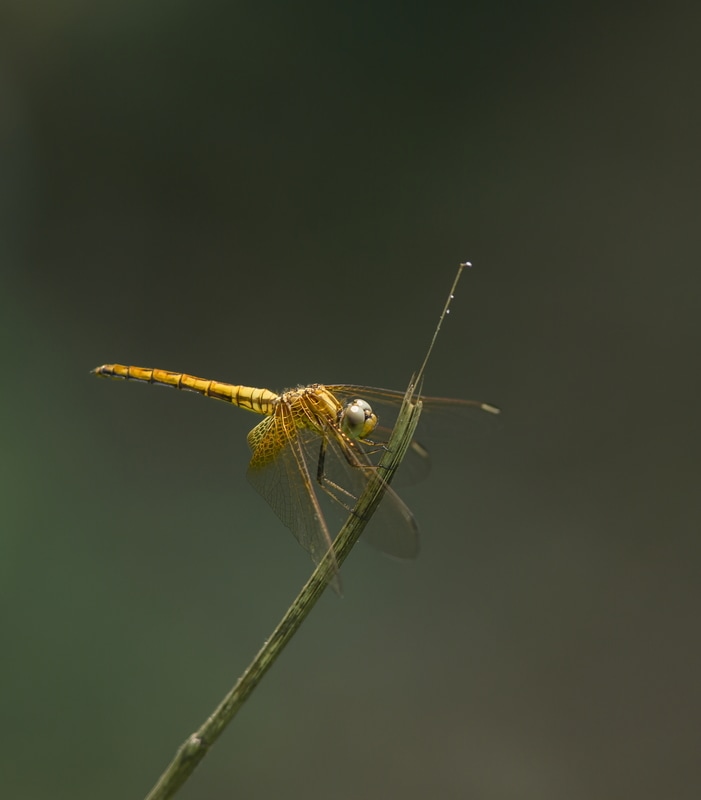
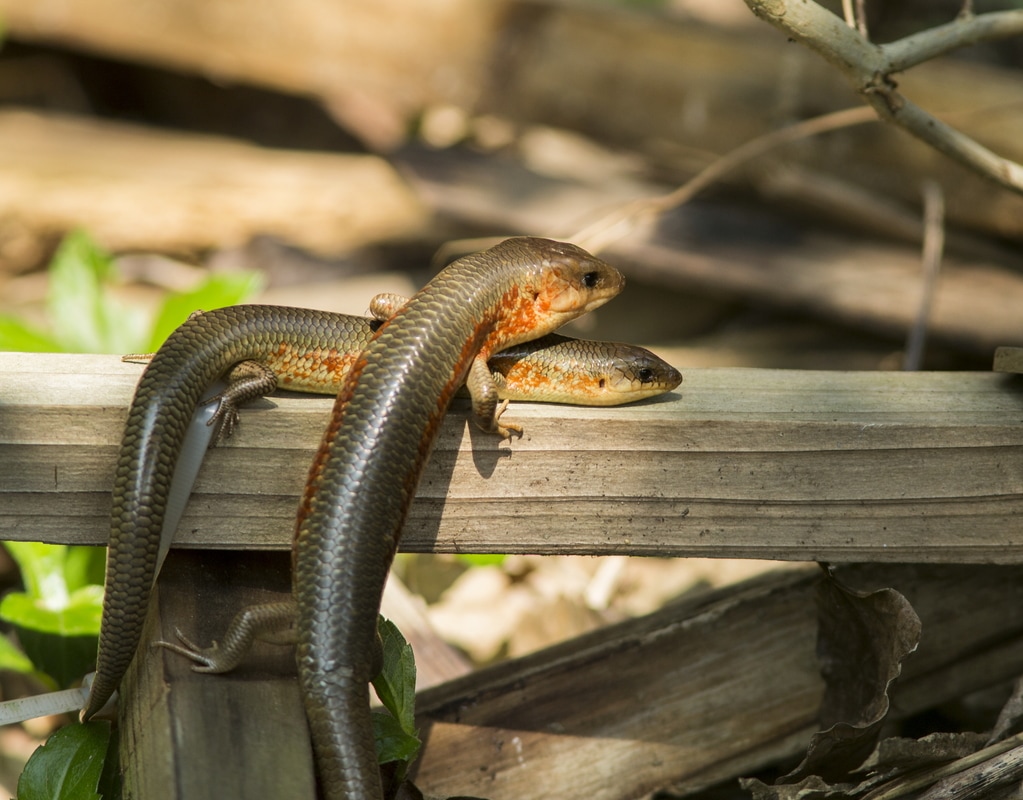
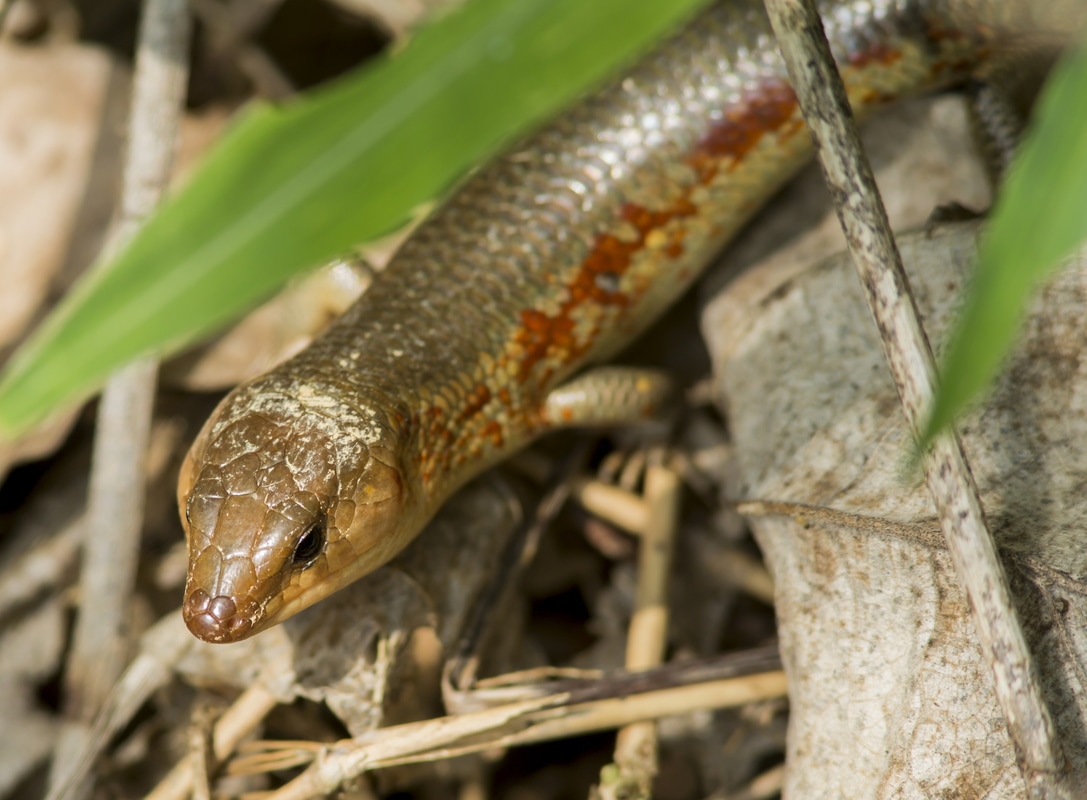
 RSS Feed
RSS Feed
